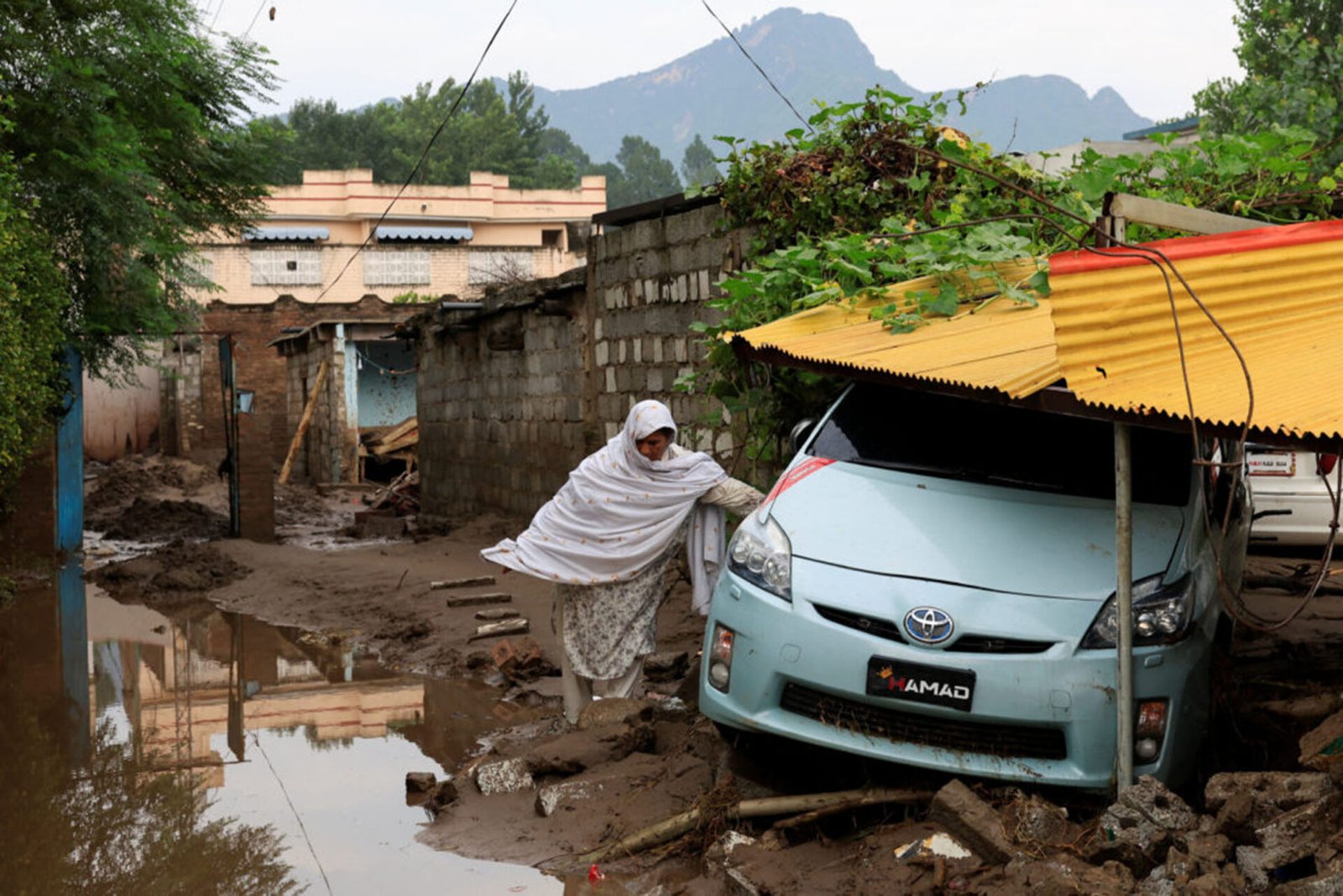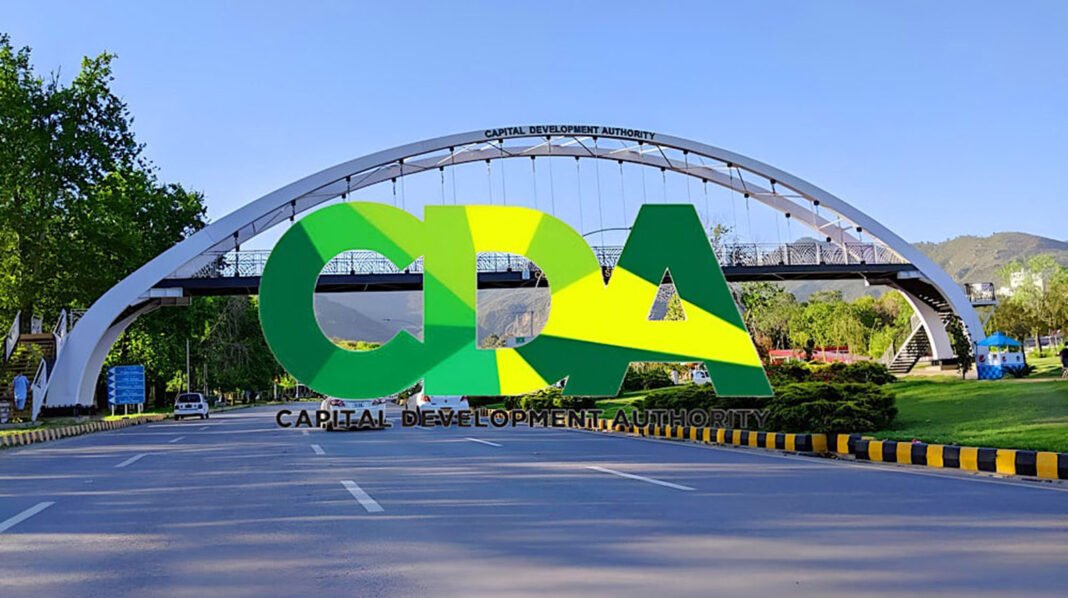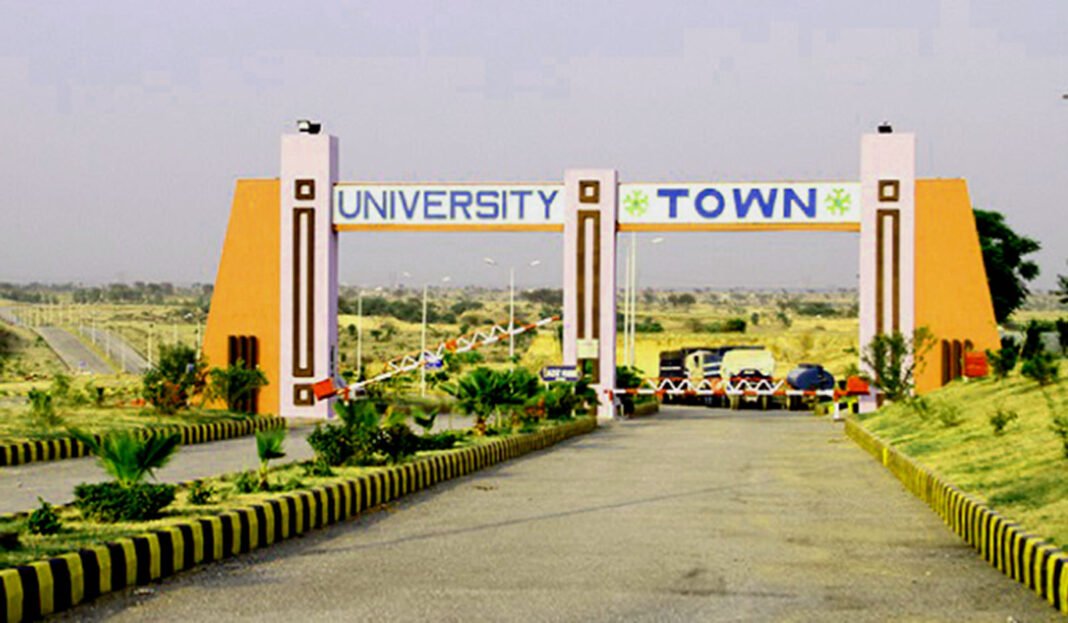The situation in Buner district of Khyber Pakhtunkhwa has turned into a heartbreaking tragedy that words can scarcely capture. So far, 357 people have lost their lives, and more than 671 have been injured in the devastating floods. Alongside this human suffering, the disaster has swept away 4,054 livestock, depriving countless families of their livelihoods. The destruction of homes has been staggering, with 2,300 completely reduced to rubble and another 413 partially damaged, leaving thousands without shelter.
The devastation has not spared institutions and infrastructure. Six government schools and two police stations have been submerged, disrupting education and law enforcement. A total of 639 vehicles have been destroyed, while 824 shops have been partially damaged and 127 completely demolished, bringing business activities to a standstill. The region’s connectivity has been crippled with four major bridges partially destroyed and two others entirely washed away. Even the healthcare system has suffered, with three government hospitals badly affected, leaving the district vulnerable at a time when medical facilities are most urgently needed.
According to initial estimates, Buner district has suffered losses exceeding 20 billion rupees. Yet these figures are not just statistics to be noted in official reports. Each number represents the shattered life of a family, the cries of a child, and the grief etched on the face of a mother. These wounds will not heal easily, and the suffering will linger long after the waters recede.
This tragedy must not be reduced to mere documentation. It demands immediate and serious action, rooted in empathy and urgency. Relief, rehabilitation, and long-term support are essential if the people of Buner are to rebuild their lives and find hope again. Without timely intervention, the burden of this catastrophe will weigh heavily not only on Buner but on the conscience of the entire nation.


